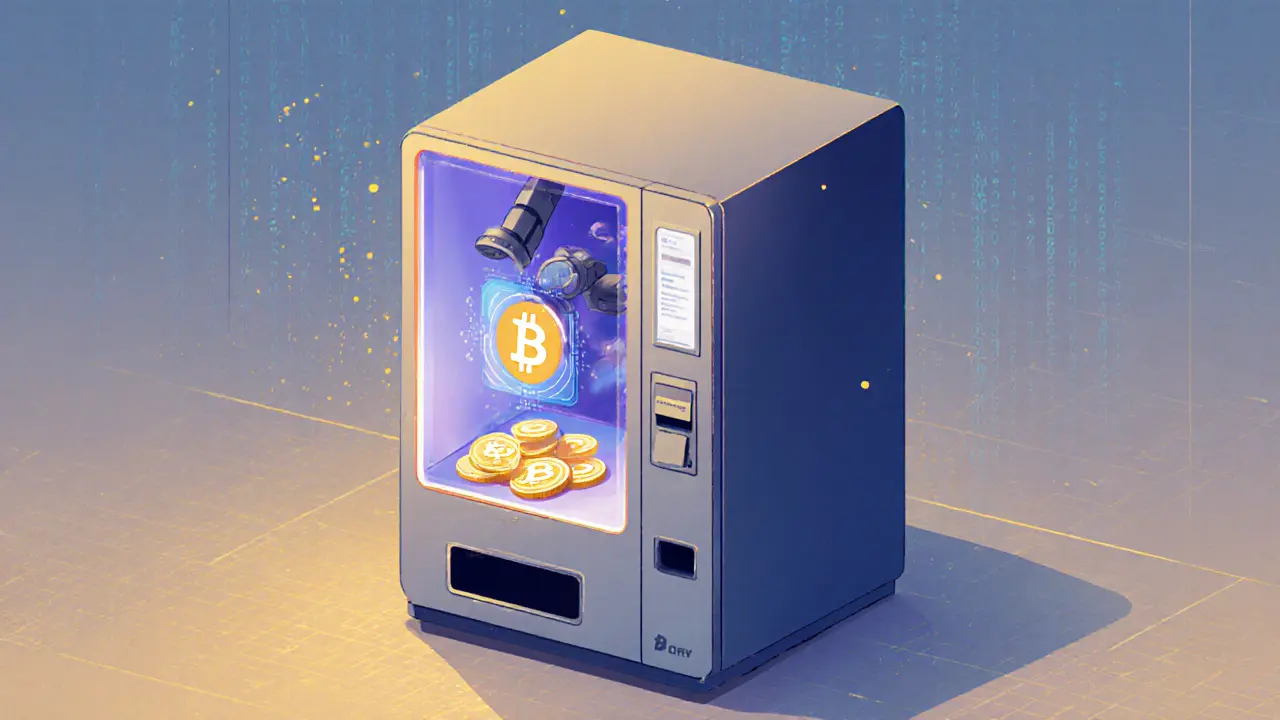When working with Ethereum, a blockchain platform that runs smart contracts and powers thousands of decentralized applications. Also known as ETH, it enables developers to build trustless finance, NFTs, and more without a central authority, you’re stepping into a network that reshapes how value moves online. Ethereum isn’t just a coin; it’s a programmable ledger that fuels the entire crypto ecosystem.
One of the most talked‑about aspects of Ethereum is gas, the fee you pay to get a transaction processed. Transaction fee estimation tools, software that predicts how much gas you’ll need based on network congestion have become essential for anyone sending tokens or interacting with a smart contract. These tools read real‑time data, apply EIP‑1559 formulas, and give you a range of fees so you can avoid overpaying or having your transaction stuck.
Beyond fees, the security of Ethereum rests on its validator networks, the set of nodes that propose and attest to new blocks in the proof‑of‑stake system. Validators stake ETH to earn the right to add blocks, and their collective decisions keep the chain honest. The health of these networks directly influences transaction finality, network uptime, and resistance to attacks.
Another pillar is DeFi, decentralized finance protocols that let users lend, borrow, trade, and earn yield without banks. From automated market makers to lending platforms, DeFi leverages Ethereum’s smart contracts to create open financial services. Understanding how DeFi protocols interact with gas fees and validator incentives is crucial for anyone looking to earn passive income or trade assets on a DEX.
Ethereum also supports token vesting schedules, a mechanism that releases tokens over time to protect price stability. Vesting aligns incentives for developers, investors, and token holders by preventing sudden supply shocks. When you read about token launches or airdrops, check whether a vesting plan is in place – it often signals a project’s long‑term commitment.
Real‑world use cases are popping up daily. For example, blockchain‑based real estate platforms tokenize property ownership, letting investors buy fractions of a building on Ethereum. This tokenization cuts down closing costs, speeds up transfers, and opens the market to smaller investors. Such applications illustrate how Ethereum’s programmable layer can disrupt traditional industries.
Interoperability is another hot topic. Cross‑chain bridges let assets move between Ethereum and other networks like Polygon or BSC, expanding liquidity and lowering fees for users. However, bridges also introduce new risks, so evaluating bridge security becomes part of any comprehensive Ethereum strategy.
When you explore our collection below, you’ll see articles that dive deep into each of these areas: gas fee calculators, validator staking guides, DeFi yield farming tactics, token vesting analyses, and real‑estate tokenization case studies. Whether you’re a developer, trader, or curious investor, the posts are curated to give you practical insight and actionable steps.
So, what’s next? Keep reading to discover detailed reviews of DEX platforms, step‑by‑step guides on setting up validator nodes, and the latest regulatory updates that affect Ethereum users worldwide. The knowledge here will help you navigate fees, secure your assets, and capitalize on the booming DeFi ecosystem.

Learn how smart contracts work on blockchain, their benefits, key platforms, real‑world uses, risks, and how to deploy your first contract.